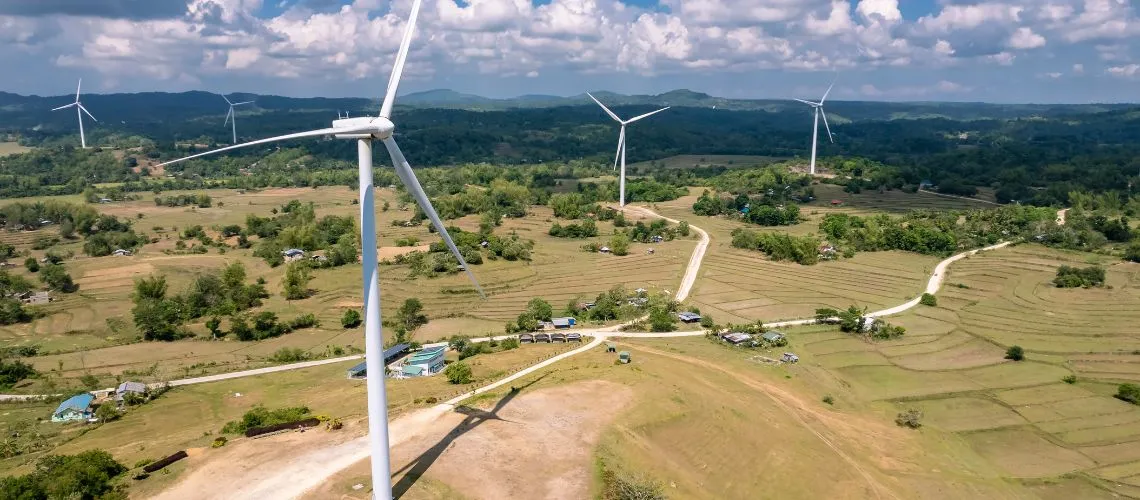The World Bank is evolving to take on a set of complex global challenges and scale to deliver an ambitious new vision, ending poverty on a livable planet. We are in a race against time to step up our efforts with the end goal of a better quality of life, jobs, and a cleaner planet. Private sector participation in infrastructure projects is vital to filling the financing gap to make this happen. For that reason, we track private participation in infrastructure carefully.
The global landscape of private capital investments in infrastructure has witnessed a dynamic shift in recent years. Following a plummet to historic lows in 2020, participation rebounded for two consecutive years in 2021 and 2022. Data at the mid-way point of 2023 provide a mixed picture. Overall investment commitments declined 7% compared to the same period in 2022, totaling $36.4 billion across 44 countries. However, the total number of projects surged from 121 to 161. This surge reflects a shift towards a broader range of infrastructure projects globally, showcasing a diversification in the sector.
While we have only six months of data for reflection, it’s useful to take stock of where we stand at the mid-point. Here are the key takeaways from our half-year Private Participation in Infrastructure report.
Regional disparities remain: In 2022, investments were uneven among regions, and this continues to hold true for the first half of 2023. Europe and Central Asia, as well as the Middle East and North Africa, witnessed substantial growth in investments. This indicates a favorable investment climate and potential opportunities for infrastructure development. In contrast, South Asia experienced a notable decrease in investments, suggesting the need for policy reforms to attract private capital.
Energy sector leading the way: Last year, the transport sector drove the largest share of PPI. Now, for the first time in recent years, 2023 half-year data show the energy sector taking precedence. With $25.5 billion invested across 95 projects, the energy sector has become a focal point. This shift underscores the global trend towards sustainable energy solutions, with 99% of new energy projects focusing on renewable sources. The growing importance of clean energy infrastructure presents significant opportunities for investors and stakeholders in the sector.
More attention needed on the poorest countries: Investment commitments in International Development Association (IDA) countries stood at $2.5 billion across 26 projects, nearly 7% of the total. Private capital investments in IDA countries play a crucial role in addressing infrastructure gaps and promoting economic growth in these regions. Nevertheless, more investment is needed for these countries.
Multilaterals are a driving force: Development and Export Finance Institutions (DEFI) played a crucial role in supporting PPI projects, with 60 projects receiving various forms of DEFI support. This accounted for 37% of all PPI projects by number and 19% by investment value. The involvement of DEFI institutions highlights the importance of financial institutions such as the World Bank in facilitating private capital investments in infrastructure projects, which is why this is an important pillar in the World Bank’s Evolution Roadmap.
Over the last five years, investors directed an average of $85.6 billion to infrastructure projects in developing countries—a far cry from the $1.5 trillion needed every year through 2030, or around 4.5% of the GDP of low- and middle- income countries.
The World Bank is pulling out all the stops to remove constraints blocking private sector investment , including improving policy environments, building institutional capacity, de-risking investments, and providing innovative finance and guarantees to incentivize more private investors. More is needed, and we are counting on solid partnerships from other MDBs, governments, philanthropies, and private investors to bridge the gap.






